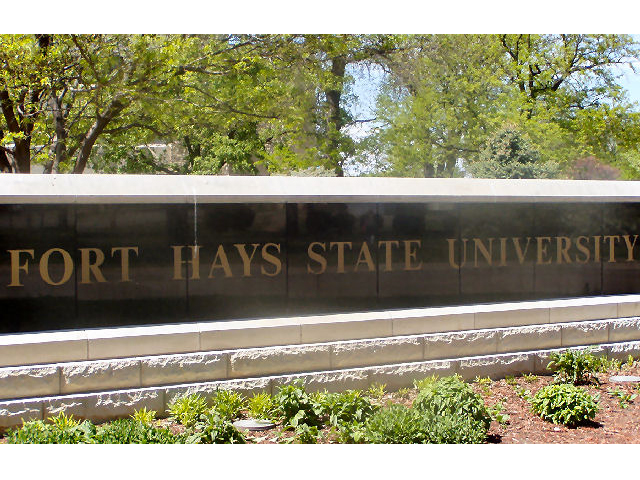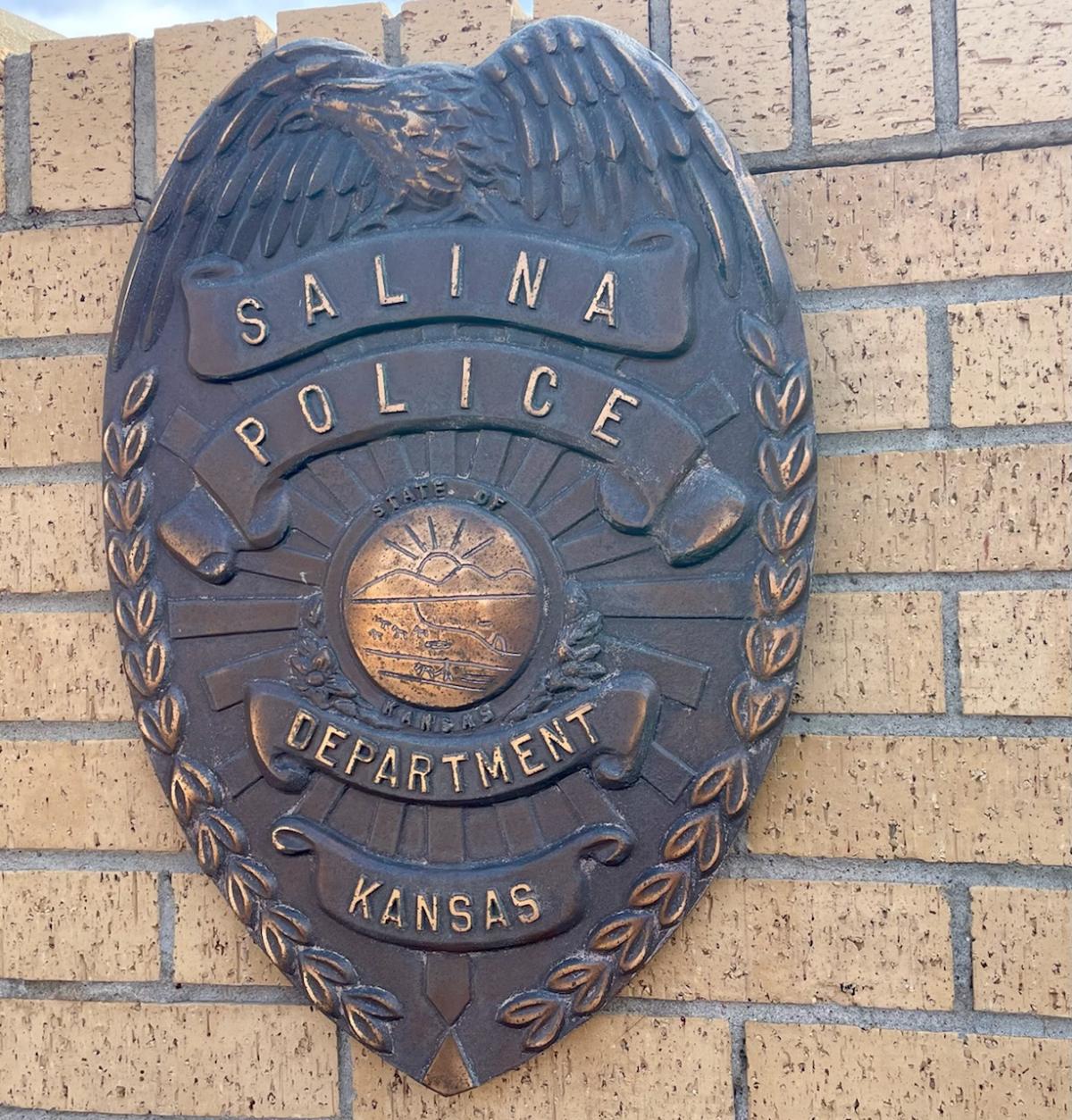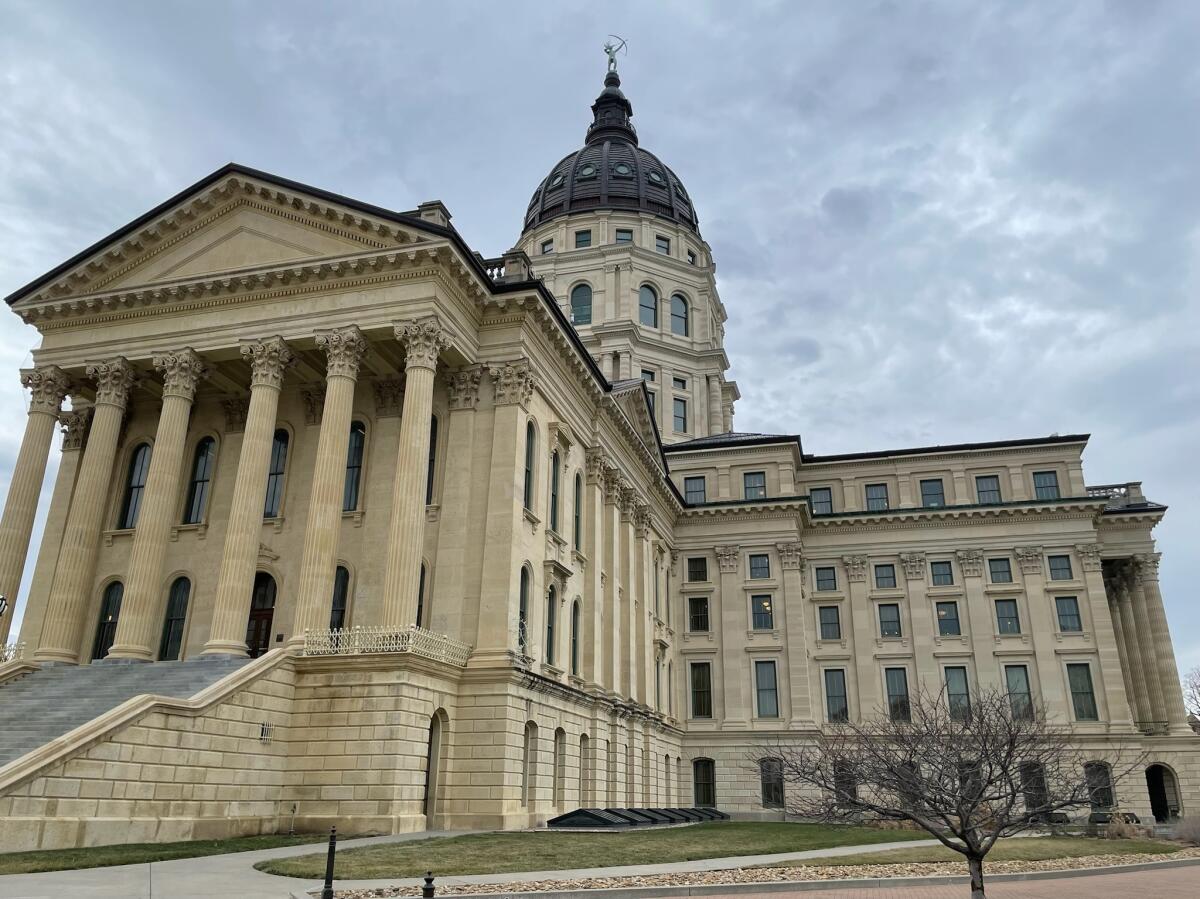An expansion of Fort Hays State University to accommodate its continuing growth in enrollment would include new space for faculty offices and student housing while retaining the distinct appearance of the campus.
According to the school, Dr. Edward H. Hammond, FHSU president, unveiled a comprehensive update to the university master plan for faculty and staff during a special meeting Wednesday afternoon in the Memorial Union.
The Chronicle of Higher Education, the leading source of news, information and jobs for college and university faculty members and administrators, reported in its latest edition that FHSU was the third-fastest-growing university in the United States from 2001 to 2011. President Hammond said the extraordinary growth presented major challenges.
FHSU plans to build and improve upon one of its primary assets: a quintessential college campus of historic limestone buildings set within a tree-covered landscape unique to the central plains setting.
The architectural firm of Gould Evans began work on the update in June 2012 and made numerous trips to Hays, interviewing various representatives on campus and in the larger community. With input and direction from the Master Plan Committee appointed by President Hammond, work was completed last month.
The proposed plan now goes to the Kansas Board of Regents for consideration at its September meeting.
The revised master plan considers five distinct areas of the FHSU campus: the Quad, the South Academic Precinct, the West Academic Precinct, the West Campus and the South Residential Precinct. Each has unique qualities to feature and a role to play in the unification of the overall campus.
The Quad:
The Quad is where the current campus began. It features the original Picken Hall and other historic limestone structures. Davis Hall is out of place with its low-slung, mid-century elementary school appearance and is recommended for replacement with a new academic building and future expansion of the Memorial Union. Rarick Hall is in need of interior renovations. The Old Power Plant is recommended for renovation and continued use as an academic building or art gallery. The future expansion of the Memorial Union could provide for additional event space and meeting rooms.
The South Academic Precinct:
Over the years the academic center of campus has expanded southward across South Campus Drive to include Forsyth Library, Malloy Hall, and more recently Tomanek Hall and the new Center for Networked Learning. To improve pedestrian safety and to better connect the academic buildings in the South Precinct to the Quad, South Campus Drive between College and Lyman Drive is recommended for closure and replacement with a pedestrian-only mall. Construction of the new Center for Networked Learning will allow removal of the Center for Media Studies (formerly Heather Hall), creating a stronger campus setting between Forsyth and Malloy.
The West Academic Precinct:
The facilities services complex and the President’s Residence are located west of the Quad. Both may eventually be relocated to allow a better use of this centrally located area of campus. New academic facilities would provide a better connection for residents coming from West Campus housing across the proposed Big Creek bridge onto the central campus. Removal of the facilities complex would allow for expansion of the parking areas west of the Memorial Union. Another new parking area west of Stroup Hall would offset the loss of parking from the South Campus Drive closure.
The West Campus:
The West Campus includes a main entrance to campus onto Gustad Drive from the Highway 183 Bypass. This area includes both sides of Gustad Drive bounded by Big Creek to the east, the 183 Bypass to the west, 8th Street to the north and the City-owned buffalo pens to the south. West Campus includes Gross Memorial Coliseum and Cunningham Hall, as well as the more recently constructed Robbins Center, along with the intramural fields in Moeckel Field, Tiger Park softball field and the university tennis courts. The 60 acres north of Gustad Drive have been identified as the site for new student housing to replace the existing housing in Wiest Residence Hall. A third pedestrian bridge across Big Creek is recommended to provide a direct walkway from the new housing site to the Quad. An improved Gustad Drive would provide potential locations east and west of Big Creek for an International House. The West Campus will also accommodate future housing beyond the initial 400-bed community, plus a long-range relocation site for the facility services complex currently located west of the Union. Other recommended improvements include an addition to Cunningham Hall and a site for a new childcare facility, relocating the Tiger Tots facility currently located in Rarick Hall.
The South Residential Precinct:
The southern area of campus is already well established as a residential precinct, with Custer Hall, McMindes Hall, Stadium Place, Wooster Place, the new Agnew Hall and the new Heather Hall. A future residence hall is recommended on the current Wiest site to take advantage of the dining capacity available in the McMindes dining facility. The Wiest site will provide surplus parking for this area of campus.



